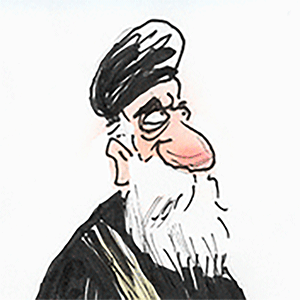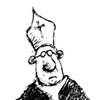Honoring Baseball’s Hearing-Impaired Players
World Hearing Day is celebrated every March, with this year’s theme, “Hearing Care for All.” Down through Major League Baseball’s rich history, several deaf players have enriched the national pastime.
In his book “Deaf Players in Major League Baseball: A History 1883 to the Present,” R.A.R. Edwards explained how players’ deafness enhanced their diamond skills, and helped broaden Americans’ understanding about the hearing-impaired community. Luther Taylor, one of John J. McGraw’s most reliable New York Giants’ hurlers, won 116 games during his nine-year career from 1900-1909.
In 1945, the Cincinnati Reds’ Dick Sipek played left, center and right field. Sipek’s career ended prematurely when he broke his collarbone diving for a fly ball. More recently, Curtis Pride, who studied at William and Mary College and currently coaches at Gallaudet College, enjoyed productive years in the big leagues from 1993 to 2006 where he hit a career .250.
The most well-known among hearing-impaired baseball players is the Dead Ball era superstar William Ellsworth Hoy who had the then-acceptable but today unthinkable nickname “Dummy.” Hoy’s nickname never offended him. He promptly reminded those who addressed him as Bill or William that he preferred “Dummy.”
In Hoy’s 14 years that began in 1888 and ended in 1902, he demonstrated Hall of Fame credentials. Hoy, who played in four different major leagues, could hit, .288, steal bases, and cover a wide swatch of center field grass; he set long-standing games played, assists and outfield double plays records. In 1889, playing for the Louisville Colonels, Hoy also set an MLB record, since tied twice, by throwing out three runners at home in one game. The catcher who recorded the outs was baseball immortal Connie Mack.
A historic baseball moment occurred in 1902 when Hoy, then with the Reds, batted against the Giants’ Taylor - the only time two deaf players faced each other, pitcher versus batter. When Hoy first took his place in the batter’s box, he signed to Taylor, “I’m glad to see you!” and then singled crisply to center. Modern day fans mistakenly attribute Hoy for having developed hand signals for outfield play. Instead, his fellow outfielders waited to hear Hoy’s call - his roommate Tommy Leach called it “a little squeaky sound” - indicating that he was about to make the catch. Efforts to get Hoy inducted into the HOF, mostly led by the USA Deaf Sports Federation, fell short. But Hoy was a beloved figure wherever he went until his 1961 death at age 99.
Post-1961, medical science made huge advancements in hearing impairment treatment. The improvements helped New York Yankee jack-of-all-trades Gil McDougald who played ten seasons, including as part of eight pennant-winning teams and six World Series crowns, while alternating between second, third and shortstop with equal skill. All-Star voters elected McDougald, the 1951 Rookie of the Year, to the mid-season classic six times at all three positions.
McDougald is inexorably linked to Cleveland Indians’ flamethrower Herb Score when in 1957 his line drive struck the lefty in his eye and nearly blinded him, a tragedy from which the Yankee batsman never fully recovered.
Years later, and well after his Yankees’ 1961 retirement, McDougald would have his own sensory challenges. Struck by an errant batting practice ball back in 1955, McDougald, now a Fordham University coach, noticed a hearing loss that gradually became more pronounced. Eventually, McDougald withdrew from society. He sold his businesses, stopped using the phone, and unable to understand family table-talk, dined alone in his room.
By the late 1980s, McDougald was totally deaf. But when a New York Times sports reporter wrote about McDougald’s deafness, New York University Medical Center’s otolaryngology chief received the struggling ex-player’s permission to perform a cochlear implant. Six weeks later, McDougald could hear again, and he campaigned until his death at age 82 for others to undergo the procedure.
Like Taylor, Sipek, Pride and Hoy before him, McDougald was admired among his peers, and is an inspiration to the world’s 400 million hearing-impaired, and baseball fans everywhere.
========
Joe Guzzardi is a Society for Baseball Research and Internet Baseball Writers Association member. Contact him at guzzjoe@yahoo.com.
Copyright 2021 Joe Guzzardi, All Rights Reserved. Credit: Cagle.com






